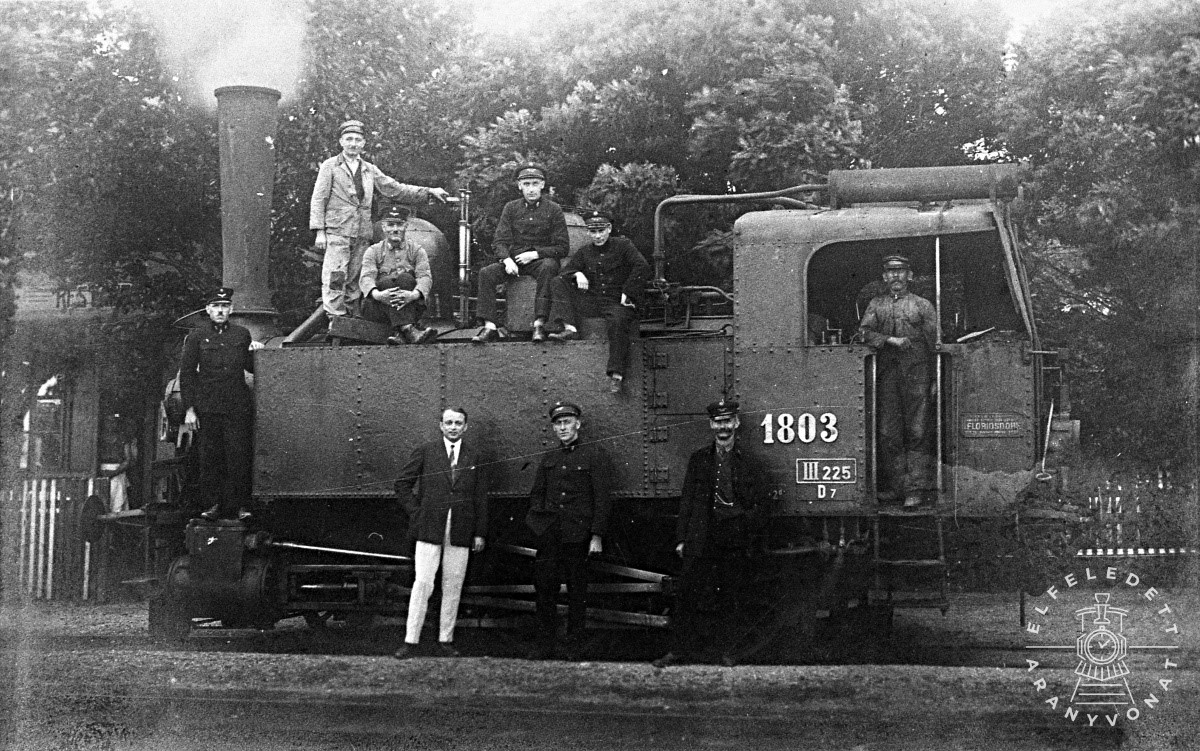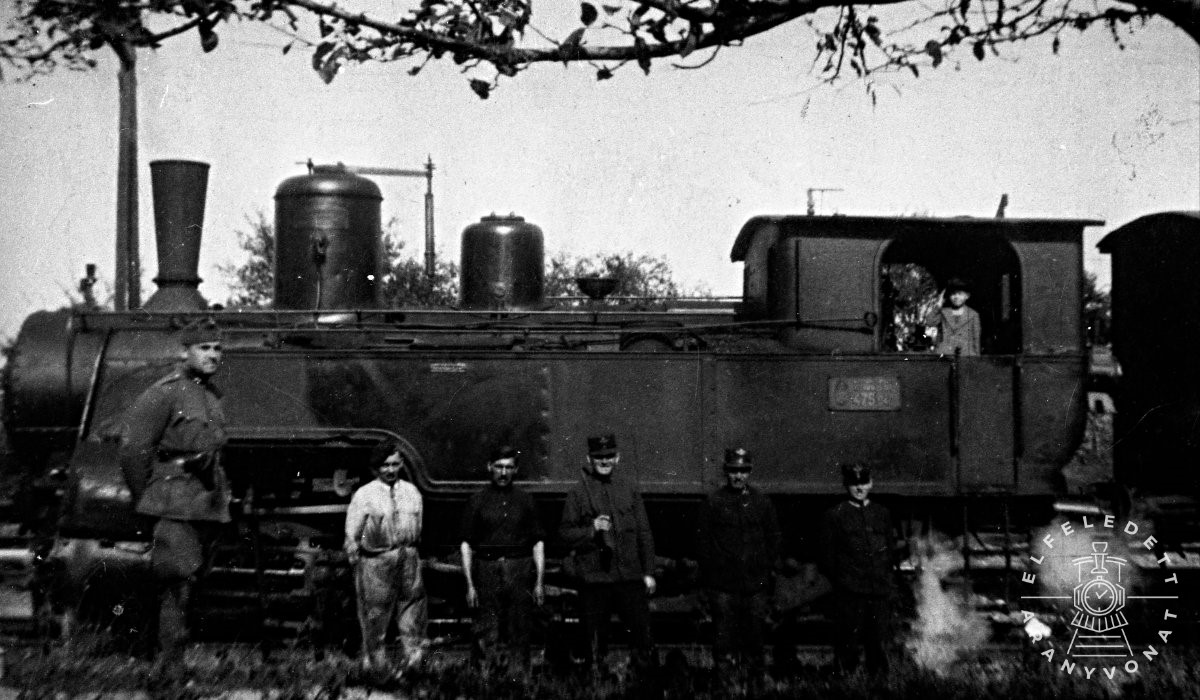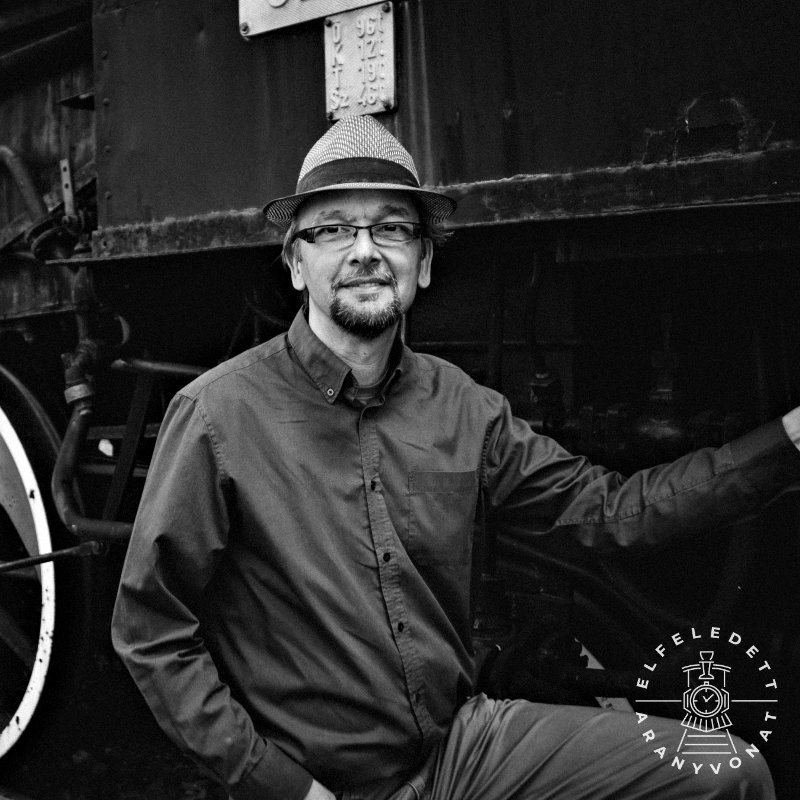The narrow-gauge railway was converted to partially steam operation in 1875. The towing was carried out by the steam locomotive manufactured by the Munich Krauss factory.
The trains only ran during the day, one driver and one stoker was enough to operate the locomotive.
In 1879 it was switched to a full steam operation and a newer, more powerful Krauss locomotive was purchased.
During the construction of the narrow-track railway, 11kg/linear meter Bessemer steel rails were laid. However, these were worn out by the more than ten years of operation, so they were too weak for the new Krauss locomotive, and the rails were constantly broken down during use.
In 1882, when the standard-gauge railway was built, a new locomotive was procured from the Florisdorf factory, a no. 442 new steam locomotive.
To carry out the shunting manoeuvre, the mine procured a locomotive with track number 24 from GySEV [ROeEE] in 1880, which was produced in Floridsdorf.
The maximum permitted speed on the railway was 15 km/h, the delivery of people was not permitted on the mine railway due to the extraordinary hanging conditions.


In Zalaegerszeg there were three locomotives from the 475 series collected for culling in fairly good condition. Such locomotive was used on the Brennberger line. The permitted speed of the small, four coupled wheel locomotive was 35 km/h…. that’s how the locomotives 475,023 and 475,040 got to the MÁV heating house in Sopron, and when the locomotive no. 475,040 was hired for shunting in one of the MÁV workshops, the no. 475.011 machine also made it there. (The Brennberg Mining Railway, in the yearbook: Vasúthistória Évkönyv, Budapest, 2000, p.224-225) Lovas Gyula railway historian
In 1932 when the Danube-Save-Adria Railway Company was dissolved, the Hungarian State Railways took over the management of the Brennberger Line.
The enforcement order drawn up in 1935 issued that only the 370, 376 and 475 steam locomotives are allowed to run on the mine railway.
During that time, MÁV sorted out three good class 475 locomotives, which later ran on the Brennberg-Ágfalva line, right up until the mine was locked up in 1952.
The XIV.A class, from 1911 the 475 series locomotive of the MÁV was a type of steam locomotive produced on the Hungarian mountain railway.
The smallest arc radius on which it was allowed to run on an open line was 170 m, on a commercial track 80 meters. Their permitted speed was 35 km/h, on the Brennberger trail 20 km/h, and on the smaller arc 10 km/h.
The locomotives hauled 115 tonnes on the ascent and 260 tonnes on the descent. The smallest radius arc of the mine railway line was 150 meters, which was easily taken up by the small locomotives.



Do you also have an item from the train, or do you have a story or a memory about the gold train? Write a message!
0% spam, 100% history
2020 © All rights reserved!| Privacy Notice | Made by TARSA.
Get first-hand information on the latest information! Request the newsletter!